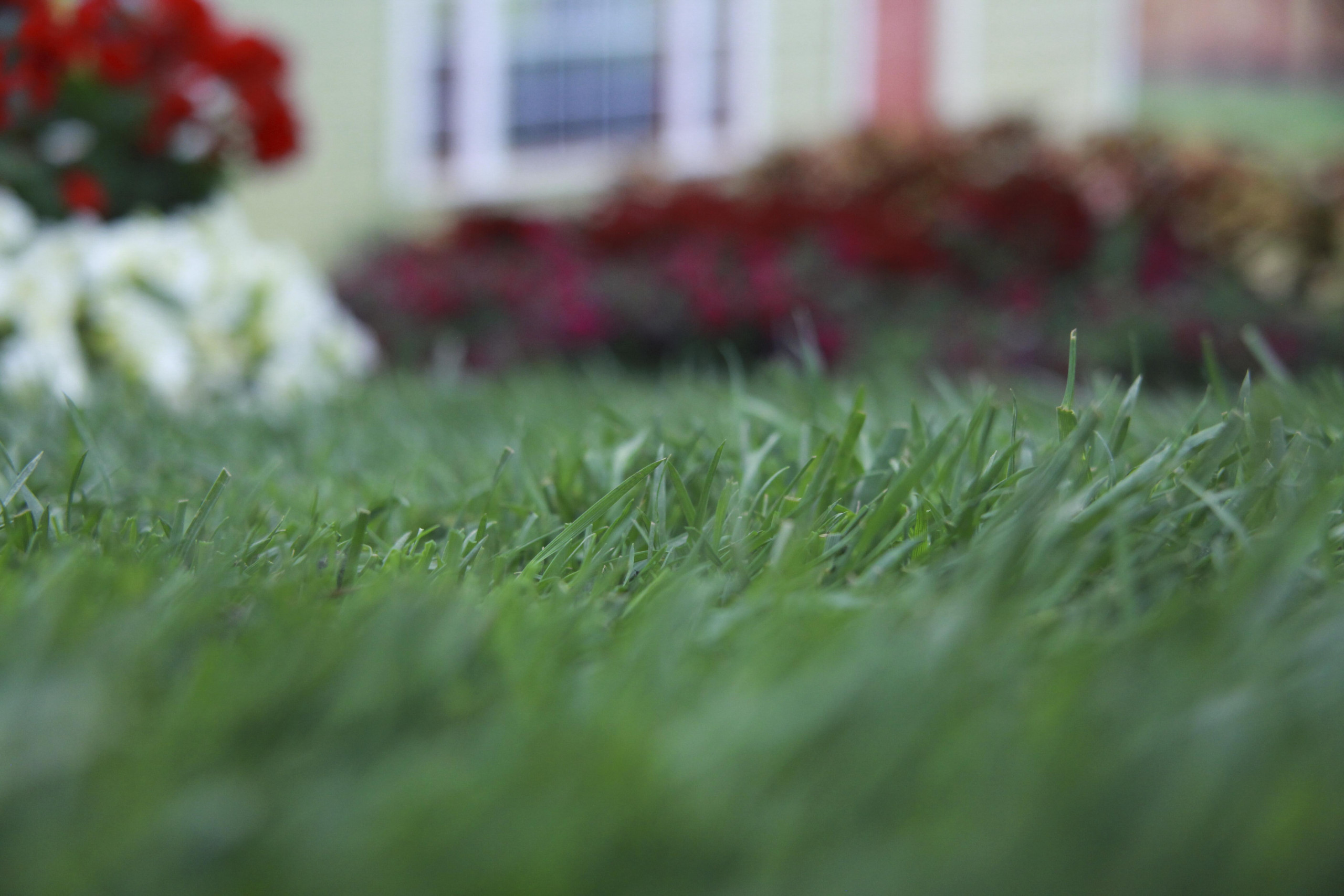Inspiration Guide
Lawn Best Practices to Protect our Waterways
 Fertilize Properly
Fertilize Properly
Lawns should be fed multiple times a year. Fertilizing at the right time is important to the overall growth and health of your lawn and effectiveness of the product. Each feeding should be spaced at least 6 weeks apart. A properly fed lawn requires less water, helps prevent weeds from invading, and can even reduce the ambient temperature around your home.
Check the Label before Applying
Before applying any product to your lawn, always read and follow the directions on the package. Some lawn products should be applied to a dry lawn while other need to be applied when the lawn is wet.
Apply the Product Correctly
Always use the spreader setting listed on the package. The proper spreader setting help ensure you will not over apply. Use a spreader with a sideguard deflector to help keep product off of sidewalks and driveways and out of storm drains.
Keep Nutrients out of Waterways
Always keep grass clippings, pet waste, and lawn fertilizers away from sewers, rivers, lakes and streams. Sweep up leaves, grass clippings, and fertilizer off driveways and sidewalks and back into the grass to help keep nutrients where they are needed and out of waterways. If your lawn borders water, keep fertilizer away from the water’s edge. Create a buffer zone with uncut grass or other vegetation, such as native grasses and flowers, to protect against soil erosion and runoff.
Use Smart Irrigation
Upgrading to a smart irrigation controller can significantly reduce your water use while still providing your lawn with the right amount it needs. Smart controllers monitor the weather and can change their watering schedule when Mother Nature lends a hand. This lessens the likelihood of fertilizer runoff due to overwatering. Regularly inspect your sprinkler heads to make sure they are not damaged or malfunctioning, and adjust sprinklers so they are not spraying on paved surfaces such as the sidewalks or driveways.
Change Your Mowing Habits
Even changing your mowing habits can impact your grass below the soil. Setting your mower at once of its highest settings will help your lawn’s roots grow deeper to better reach more water and nutrients. Taller grass with its deeper roots also better withstands traffic, heat and drought.
When it comes to keeping our water clean, we can all play a part by caring for our lawns the right way.
Project courtesy of Scotts.
